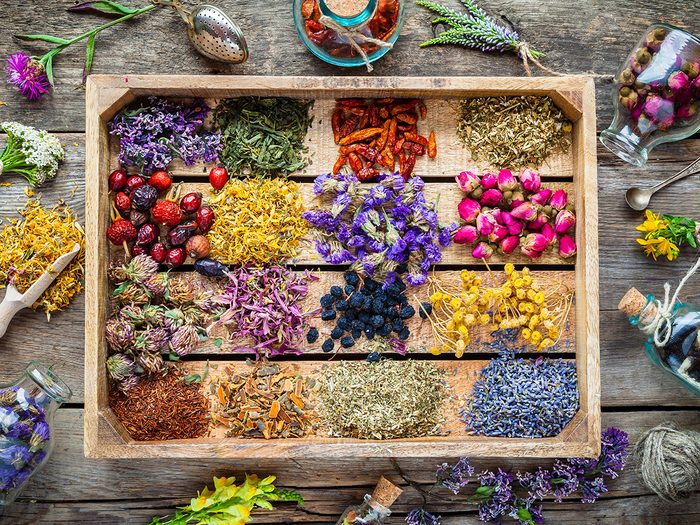
Healing Plants For Your Garden
Physic (or “physick”) was the name given to gardens of medicinal plants grown by physicians and monks in ancient times and by home gardeners well into the nineteenth century. Why not carry on the tradition with some of these healing plants to grow at home? By investing a little sweat and the cost of the seeds, you can grow your own ingredients for infusions, teas and balms.
Just choose a sunny spot with rich soil for your healing garden. Perennial plants will grow from season to season, while annuals must be reseeded or transplanted.
Note: It’s always a good idea to speak with your doctor before beginning any homeopathic treatments. Even store-bought supplements can interfere with medication.
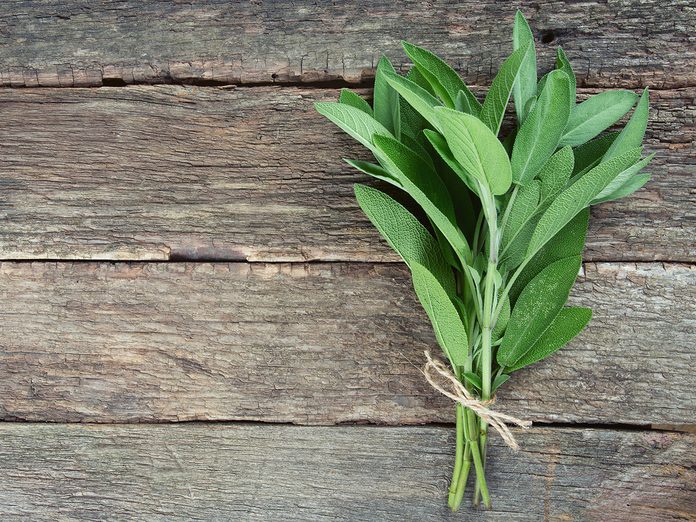
Sage
Sage is a perennial. Sage’s genus name, Salvia, means “to heal,” reflecting its early use as a medicinal plant, rather than a culinary herb.
Medicinal uses of sage: Mouth and throat inflammations.
Consider adding these healing herbs and spices to your next meal.
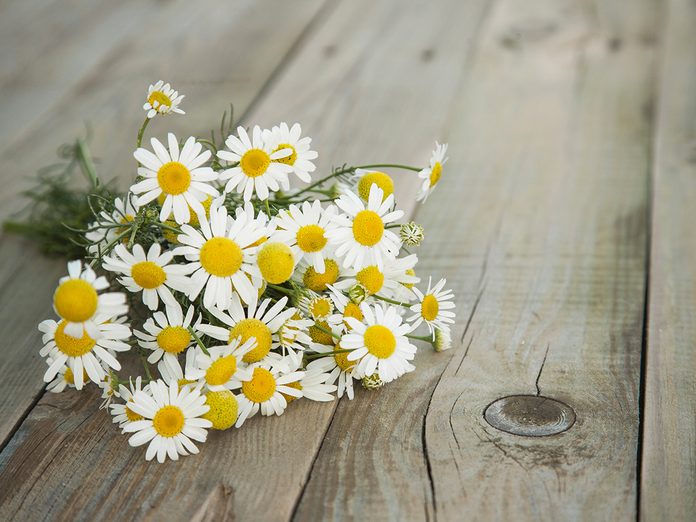
Chamomile
Chamomile is an annual. Use chamomile flower heads for infusions and salves.
Medicinal uses of chamomile: Indigestion, anxiety, inflammation.
Here are 20 anti-inflammatory foods worth adding to your grocery cart.
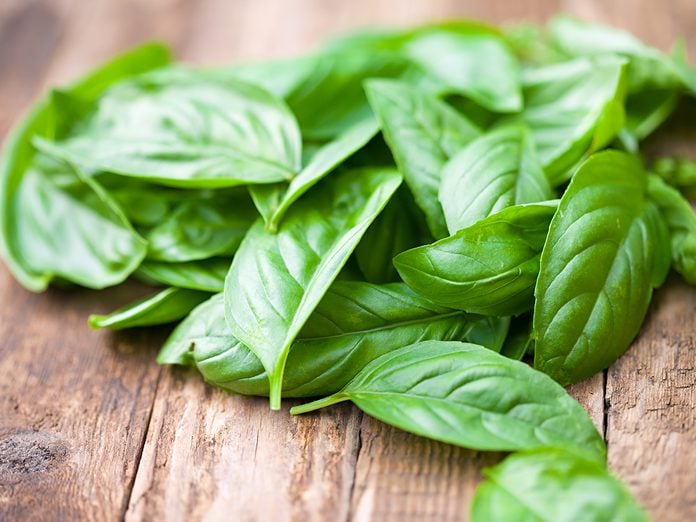
Basil
Basil is an annual. Harvest the young leaves of what’s called “the king of herbs” as needed.
Medicinal uses of basil: Flatulence, lack of appetite, cuts and scrapes.
Find out the sneaky reasons you’re always bloated.
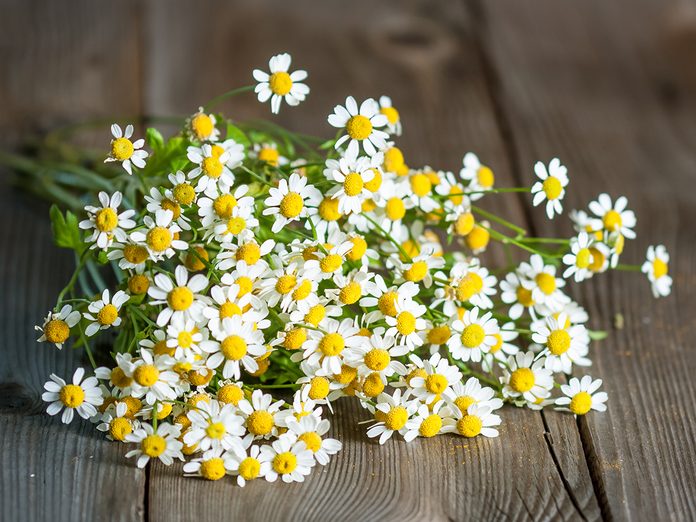
Feverfew
Feverfew is a perennial. Use leaves and flowers for teas; chew leaves to ease headache pain.
Medicinal uses of feverfew: Headaches (including migraines), skin conditions, arthritis.
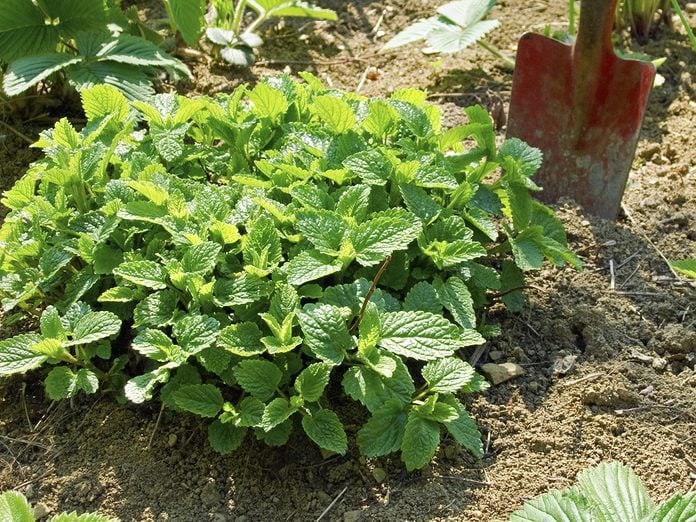
Lemon Balm
Lemon balm is a perennial. A relative of mint, lemon balm is a versatile healing plant to grow at home.
Medicinal uses of lemon balm: Anxiety, insomnia, wounds, herpes, insect bites, flatulence, upset stomach.
Discover more home remedies for indigestion.
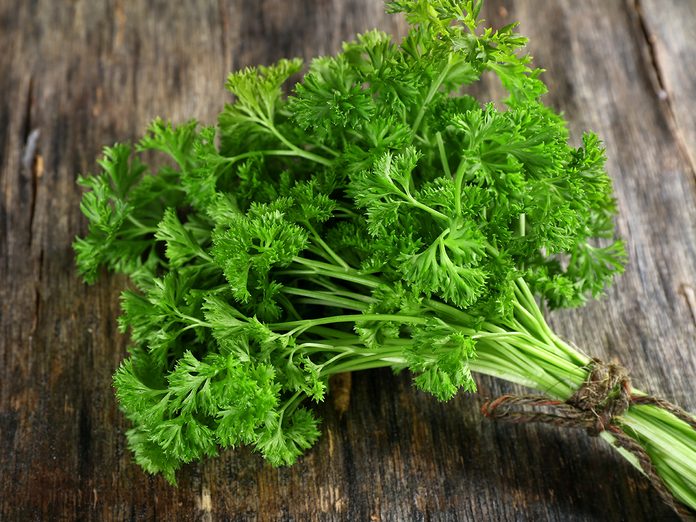
Parsley
Parsley is a biennial. Like its curly cousin P. crispum, this herb is loaded with nutrients.
Medicinal uses for parsley: Flatulence, bad breath.
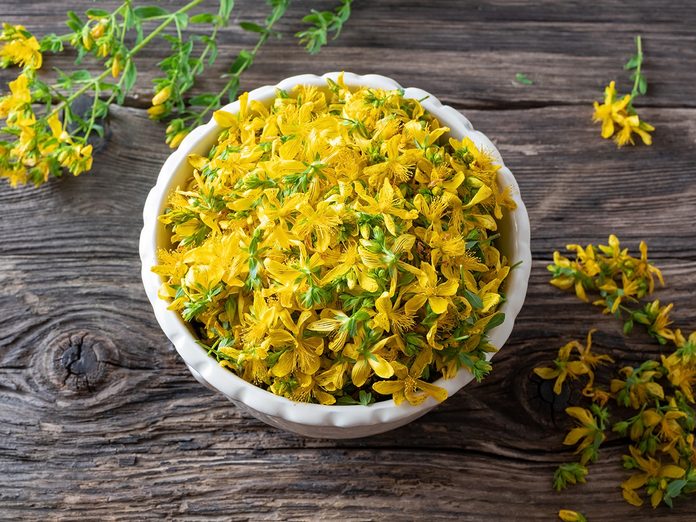
St. John’s Wort
St. John’s Wort is a perennial. The glossy leaves and yellow flowers are this herb’s active parts.
Medicinal uses of St. John’s Wort: Mild to moderate depression.
Check out these mood-boosting foods.
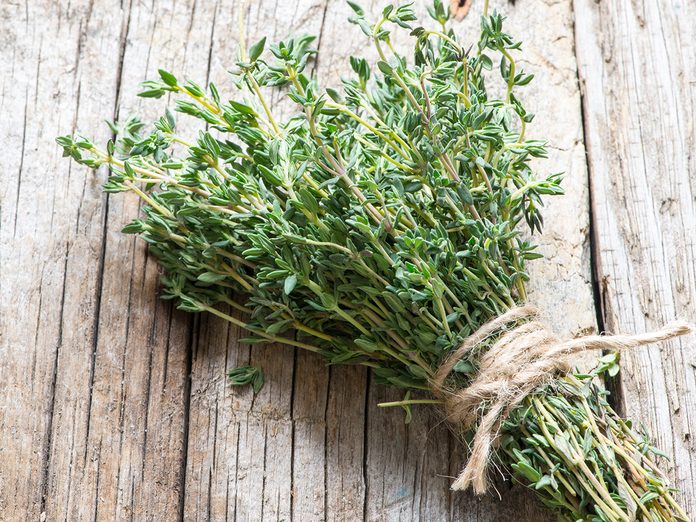
Thyme
Thyme is a perennial. The active principle in thyme, thymol, is a strong antiseptic.
Medicinal uses of thyme: Upper respiratory ailments (coughs, congestion), indigestion, gas.
Now that you know which healing plants to grow at home, check out 10 home remedies that are backed by science.